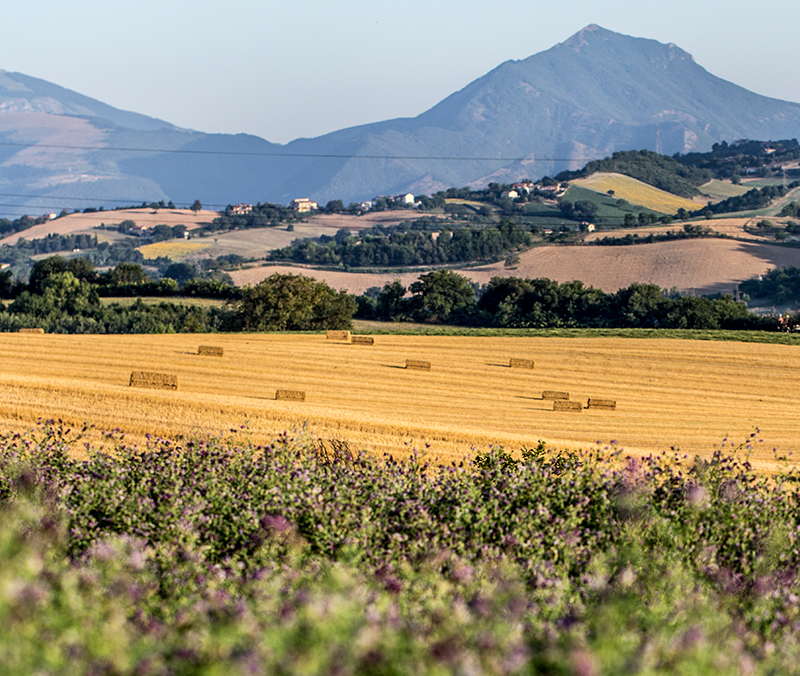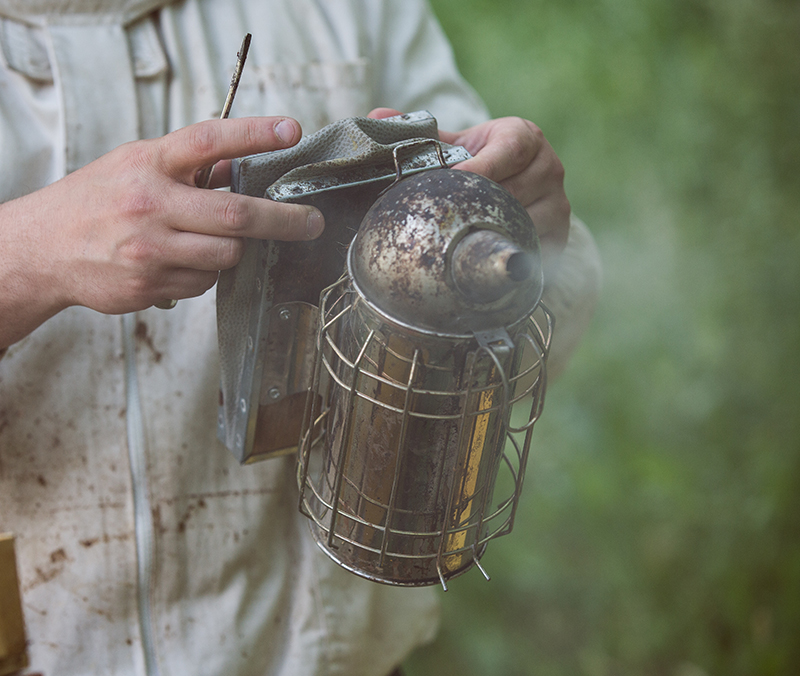Data
sheet
Country of origin
Italy
Production area
Adriatic cost of Marche region (50/100 metres above sea level)
Flowering
Our organic rapeseed honey is not easy to produce because of the period (end of March, beginning of April) and because of the extra stimulation it gives to bees, making them swarm.
Origin
Rapeseed honey: where does it come from? It comes from the nectar of “Brassica Napus” flowers (80%) and from other vegetables (20%) such as hawthorn and willow. Rapeseed is a yearly plant which grows mainly in spring with a bright yellow inflorescence.
Production method
Rapeseed honey; how is it made? The first phase is the honey extraction from the closed honeycombs (they do not contain clutches) with less than18% humidity. The outside wax layer is then removed, the comb is centrifuged and the obtained honey will then put in jar ready to be sold. Each jar is labelled which info such as the production lot. No GMOs and ionising treatments are used.
Organoleptic
Aspect
It compacts rapidly without crystallizing. It has a creamy consistency.
Visual Examination
Very characteristic colour with white nuances. In the liquid form is almost transparent while if crystallizes it becomes intense white.
Olfactory Examination
Mild intensity with notes of stewed cabbage and cheese crust.
Taste Examination
Delicate flavour with notes of stewed cabbage.
More info
Contraindications
We recommend not to exceed a daily intake of more than 60 gr. of sunflower honey. People with severe allergies to pollen, hay, gramineous plants, cupressaceae, betulaceae, salicaceae, fagaceae etc… should not eat honey, sunflower version included. Keep away from children under 3 years of age.
Recommendations for use
Rapeseed honey is ideal as ingredient in yoghurt sauces or to glaze pork meat. It is also very good with mid-seasoned cheese.
Storage
It fears heat and humidity. Store in a cool dry place, away from direct light.
Packaging
Glass jar
Net weight
28gr
Certification
MiPAAF certified organic product, Inspected operator no. 44913.









